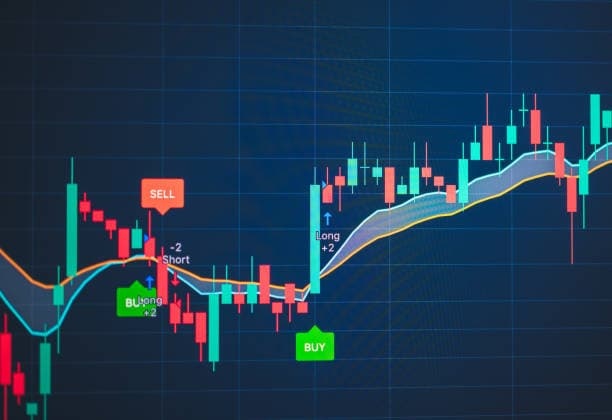
Understanding btc price patterns and cycles is crucial for anyone involved in cryptocurrency trading or investment. Bitcoin, as the first and most well-known cryptocurrency, has a unique set of price patterns and cycles that can offer valuable insights into its market behavior. By analyzing these patterns, investors can make more informed decisions and potentially capitalize on market trends.
Historical Overview of BTC Price Patterns
To comprehend the current BTC price patterns, it’s essential to look back at the historical trends. Bitcoin has experienced several bull and bear markets since its inception in 2009. Each cycle has seen significant price fluctuations, with the most notable being the rapid rise and subsequent crash in 2017-2018. During this period, BTC price skyrocketed to nearly $20,000 before plummeting to around $3,000. This pattern of rapid growth followed by a sharp decline is a common characteristic of Bitcoin’s price cycles.
Market Cycles and BTC Price
Cryptocurrency markets, including Bitcoin, are known for their volatility. Understanding the market cycles can help predict potential price movements. Market cycles typically consist of four phases: accumulation, markup, distribution, and markdown. During the accumulation phase, BTC price tends to be relatively stable as investors accumulate coins. The markup phase is characterized by a rapid increase in BTC price as more investors enter the market, driving up demand. The distribution phase sees a decrease in BTC price as some investors sell their holdings, and the markdown phase is marked by a significant drop in price as panic selling sets in.
Influence of Market Sentiment on BTC Price
Market sentiment plays a significant role in shaping BTC price patterns. Positive news, such as technological advancements or mainstream adoption, can lead to increased optimism and a subsequent rise in BTC price. Conversely, negative news, such as regulatory crackdowns or security breaches, can result in a decline in BTC price. Traders and investors must stay informed about market sentiment to anticipate potential shifts in BTC price.
Technical Analysis of BTC Price
Technical analysis is a tool used by many traders to predict future price movements based on historical data. By examining charts and identifying patterns such as head and shoulders, double tops, or triangles, analysts can forecast potential changes in BTC price. Technical indicators like moving averages, relative strength index (RSI), and Bollinger Bands can also provide insights into market trends and potential reversal points.
Fundamental Analysis and BTC Price
Fundamental analysis involves evaluating the intrinsic value of an asset by examining its underlying factors. For Bitcoin, this includes factors such as network security, adoption rates, and regulatory environment. As these factors change, they can influence the perceived value of BTC, which in turn affects its price. For instance, an increase in institutional investment in Bitcoin can signal a positive outlook and lead to an increase in BTC price.
Economic Factors and BTC Price
Economic factors also play a role in determining BTC price. In times of economic uncertainty, investors often turn to Bitcoin as a hedge against inflation, which can drive up its price. Additionally, changes in interest rates and monetary policy can impact the demand for cryptocurrencies, including Bitcoin. For example, low-interest-rate environments can make BTC a more attractive investment compared to traditional assets.
Cycles of Adoption and BTC Price
The adoption of Bitcoin has followed a cyclical pattern, with periods of rapid growth followed by slower adoption. As more people become aware of and start using Bitcoin, its price tends to increase. However, as the market becomes saturated, the rate of new adoption slows, and the price may stabilize or decline. Understanding these cycles of adoption can help predict when BTC price might experience significant changes.
Conclusion
Understanding BTC price patterns and cycles requires a multifaceted approach, combining historical analysis, market sentiment, technical and fundamental analysis, and economic factors. By staying informed and analyzing these various elements, investors can gain a deeper understanding of Bitcoin’s market behavior and make more strategic decisions. It’s important to remember that while patterns can offer insights, the cryptocurrency market remains highly volatile, and past performance is not always indicative of future results.




